My grandfather, Stanley, was a Sierra Club guide back in the 1930s. I was nine years old when he first took me into Muir’s “Range of Light.” Every day we would get up in the cold and I would put on my warmest outfit, and every day I would end up in my under-roos, sweating profusely, and promise him next time I would wear actual layers. I remember learning to fly fish with a 9-foot bamboo pole and the only fish anyone caught that whole trip was the one that hit me in the face on my backstroke. Stanley adventured well into his 80s, camping in the desert with the local animal rescue museum and traveling to Africa.
He was 92 when he passed away. We held a lovely family reunion in the shade of his favorite oak trees on Mount Diablo in Northern California. We spread most of his ashes where he would have a view of the bay, but I was tasked with the mission of spreading Stanley among his beloved Sierra Nevada. At the time, I was waylaid in med school applications and MCAT preparation, so Stanley waited patiently in an old margarine jar, free and recycled, which is what he would have wanted. I finished my application on August 7th, got married August 9th to the perfect woman, and gullible enough to believe I would be a doctor soon. We went on our honeymoon and the next free weekend was Labor Day. Stanley’s time had come.
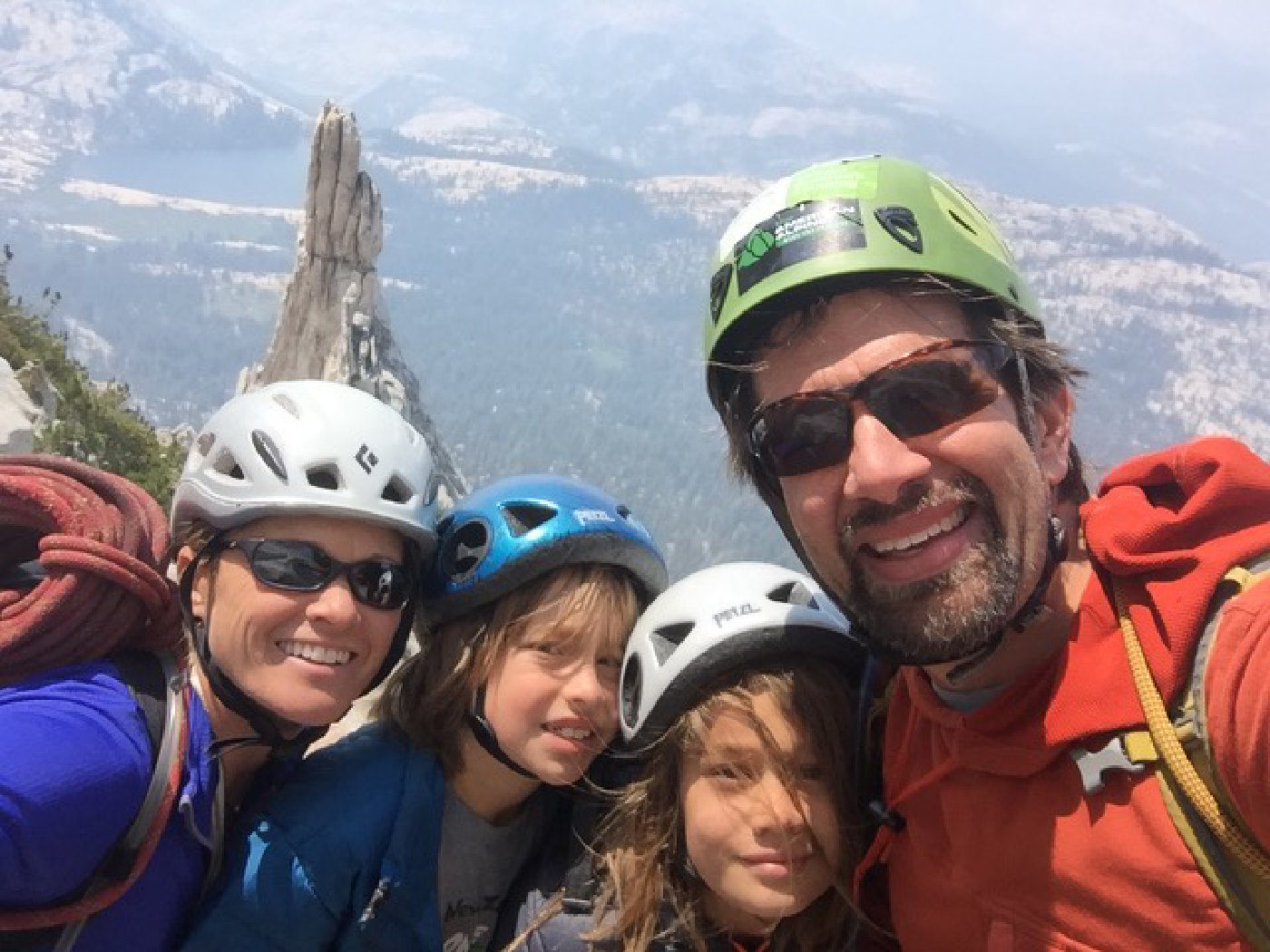
I assumed the ridge above me was sizable, but when I saw three people trying to run down it, the enormity of the place struck me.
It is not easy to get into the Sierra on Labor Day weekend. Fortunately, I’m experienced in permit-napping, a.k.a. sleeping at the ranger station. I’ve never failed at getting my first or second choice trip. I think Stanley would be proud. My chosen line was the glacier between two 13,000-foot peaks just east of Mammoth Lakes, collectively known as Ritter-Banner. I would spread Stanley from whichever peak looked like an alluring climb from the saddle. I went as light as possible, no tent, just a bivy sack, stove, boots, crampons, and an axe.
As I set foot to trail in one of the most beautiful places in California, the bustle of the resort town quickly disappeared and I was alone, except for memories of the man who introduced me to the Sierra and steered me toward wilderness medicine, who was now in a margarine container on my back.
Normally I like an alpine start, but this Saturday I was delayed at the ranger station and a mandatory shuttle yet somehow I still made it to the glacier by 3 PM. Plenty of time with no afternoon plans and half a book (literally, I tore the paperback I was reading and brought the second half). I set up camp in the shadow of the Ritter-Banner. As the alpenglow surrounded me I could hear distant rock fall, glacier melt trickling past, and a few voices in the distance. I surmised they were shouts of “off rappel” but in a cavernous glacial valley it was difficult to tell.
You never get the scale of a place until you see someone to compare it to. I assumed the ridge above me was sizable, but when I saw three people trying to run down it, the enormity of the place struck me. I was camped at 11,000 feet and the mountain was another 2,500 feet higher. It took these three figures 30 minutes to run down what I thought was small scree slope. By this time their shouts were clearer: “Help!” My ears perked up but being solo and unsure what they needed, I waited. When they reached me, a frantic story erupted: five climbers, two “stuck,” a fall of some sort, back injury, difficulty moving, night coming, no gear, cold...
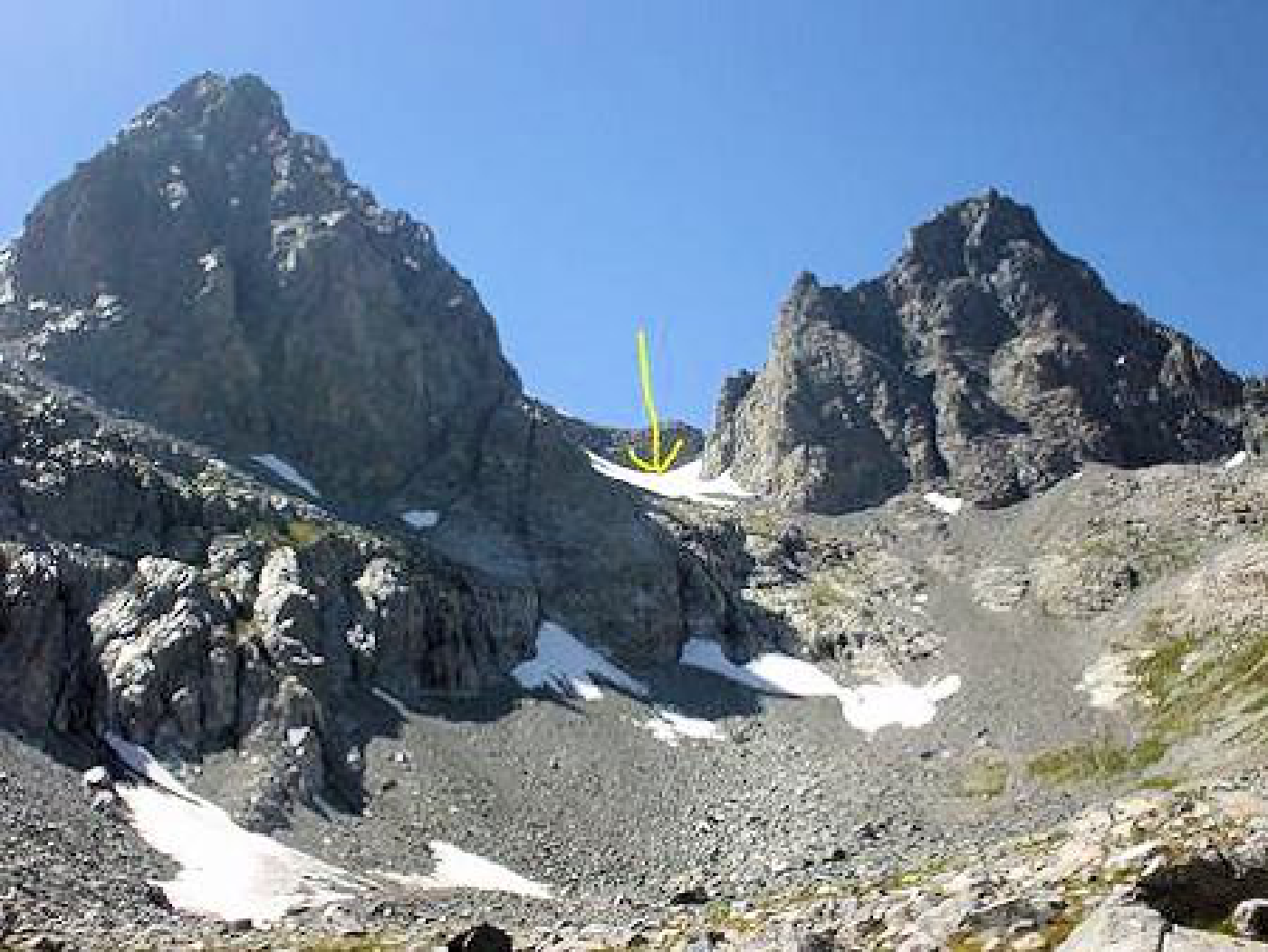
I made them stop and begin the story again. They were a party of five; three made it to the summit and back down to me, but one person fell into a rock well (the gap between the rock and the ice) and one volunteered to stay with the injured. I asked them if there was any chance they could get moving on their own. No. They radioed Marcus, who was a nurse, and he confirmed that Doug couldn’t walk, he had no rope or belay gear and the ice was too steep for carrying. What did they have up there? Just light jackets and day packs, no water, no stove. They needed help just to make it through the night.
I knew I had to volunteer but I needed more. The men in front of me had hats, jackets and gloves. I needed as much as I could safely carry to keep three people (Marcus, Doug, and me) warm all night, hats and jackets were commandeered. We used the radio to get Marcus to start chopping ice to make a ledge for us to spend the night safely. Marcus seemed agreeable on the radio but reluctant to get moving. “Stay warm and keep busy,” we ordered. I repacked my bag, adding their gear, and started up the glacier while the others headed down to get help.
I talk to myself when climbing solo. “Place your foot there, press it out. Nice.” This twilight rescue climb was an especially engaging conversation. “Don’t become a victim. You weren’t planning on heading up a glacier in the dark. You weren’t planning on spending the night out on a slope. You have no rope, no harness, no medicine; just a stove, a bag and some warm clothing. What are you thinking?” These doubts got me to the icy edge of the glacier as darkness fell. I had to change my thoughts into something more constructive. I had to be confident for myself and for those I was trying to help. The last thing needed was another helpless climber. My last thought as I stepped from solid ground onto the glacier, crampons strapped tight and ax in my hand, was Stanley’s voice booming, “Ok boy, don’t die!”
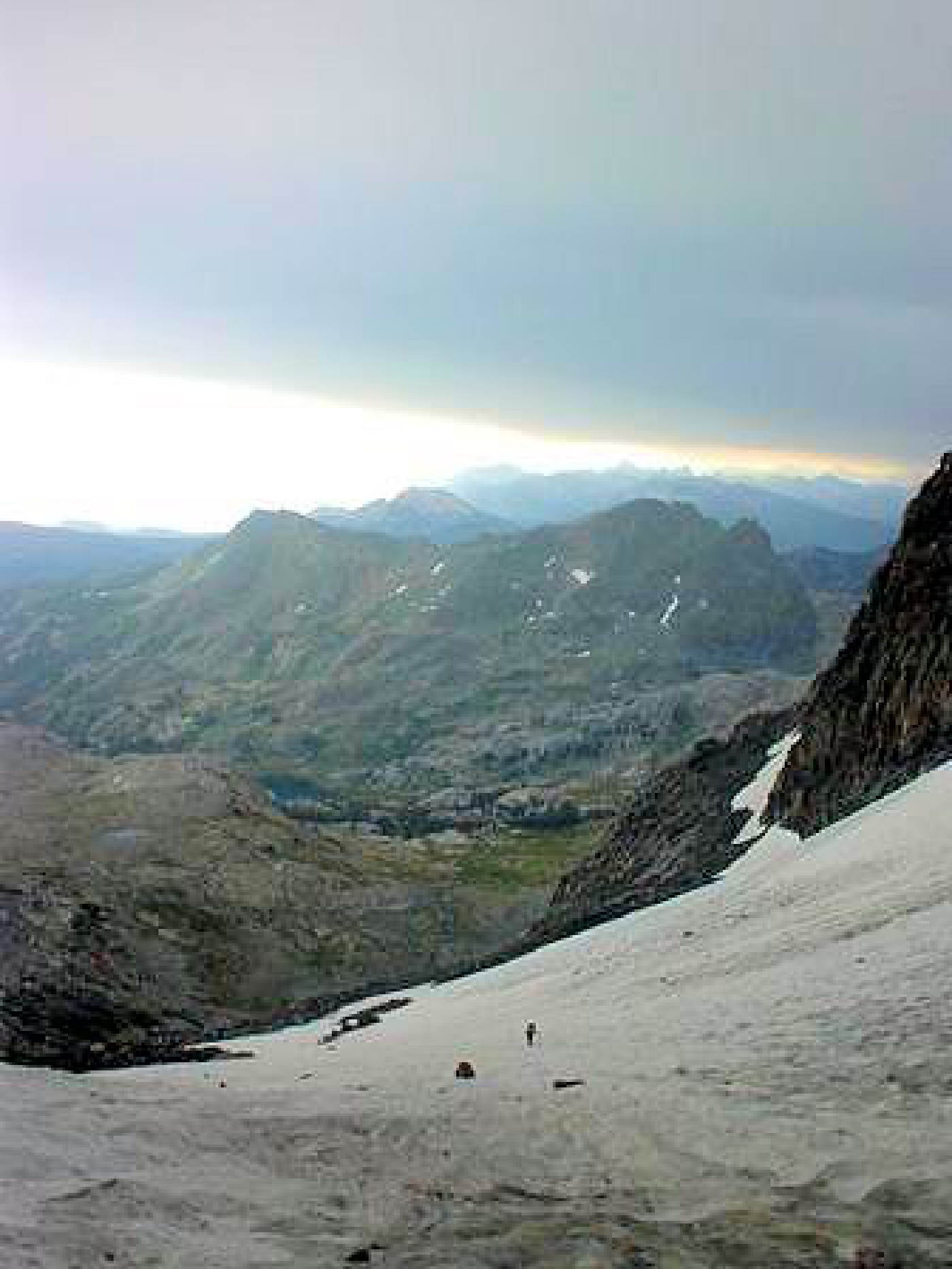
From that point on, it was a simple climb: a little front pointing, a little French stepping. The snow was near perfect in the dark, like climbing a Styrofoam cup to the Ritter-Banner saddle. I was even enjoying myself. Near the top of the ice where I was told they would be, I began to call out. No answer. I had a whistle with me. I blew a short tweet and called again, then climbed further until I came to a narrow slot. Just below me on a sloping rock the size of a twin bed, I found Doug and Marcus.
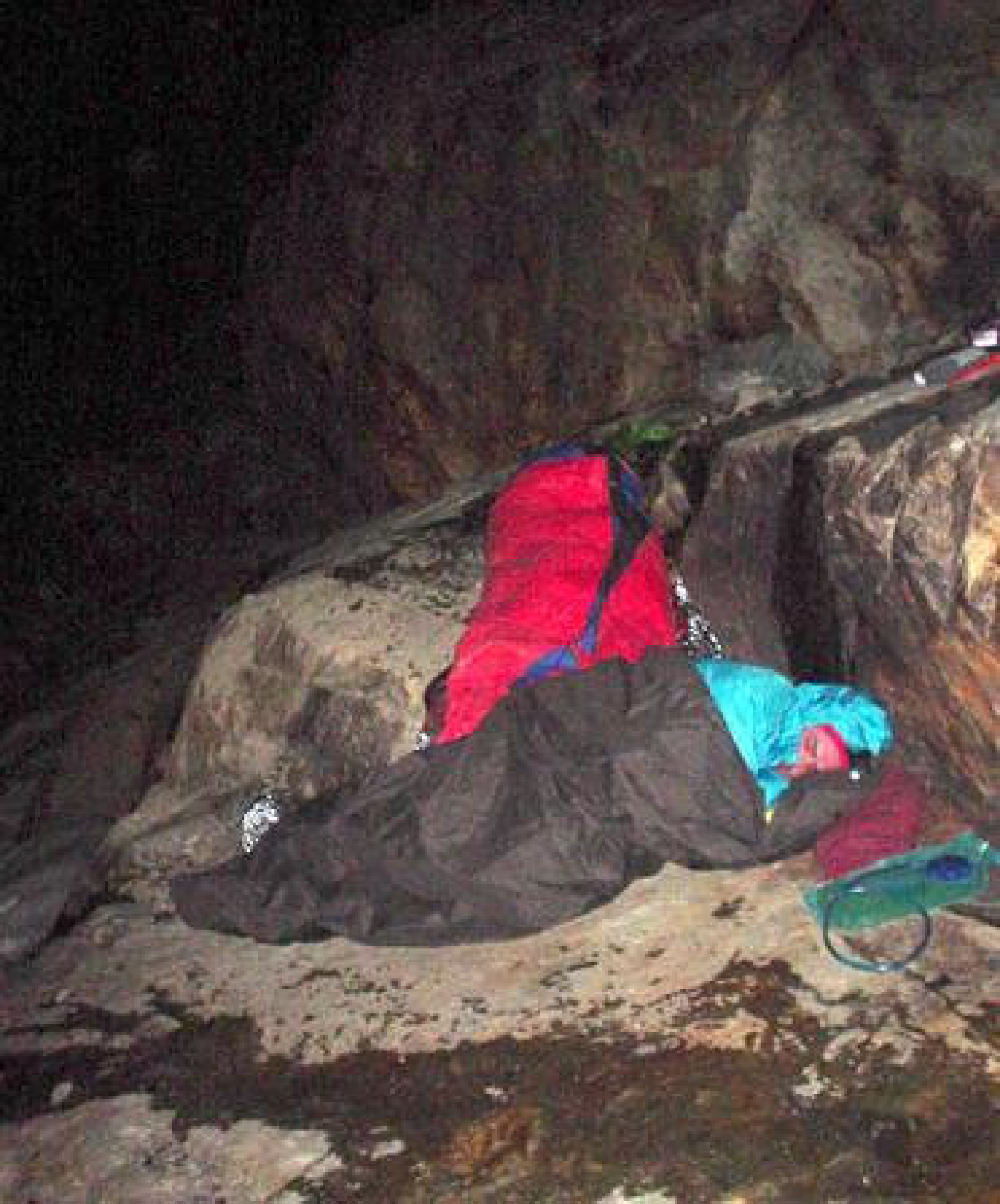
“Do you have any hydrocortisone?” Marcus asked.
What? That was a weird question.
“I need my hydrocortisone,” Marcus continued. “I forgot it in the tent.”
I started over, “I’m Michael. Your friends sent me up here to help. I have some medical training. Which one of you is hurt?” I scanned the scene with my headlamp. Doug lay prone in a wide notch of rock. Marcus meanwhile began to sit up to greet me and nearly stepped off into the abyss; he was uncoordinated and shivering. “Please,” I raised my voice. “Sit back down.”
Doug actually smiled and he tried to joke, “Quite the epic I have started, eh?”
Looking out at the clear night sky, I tried to brighten his evening, “No, it’s not epic until it storms.”
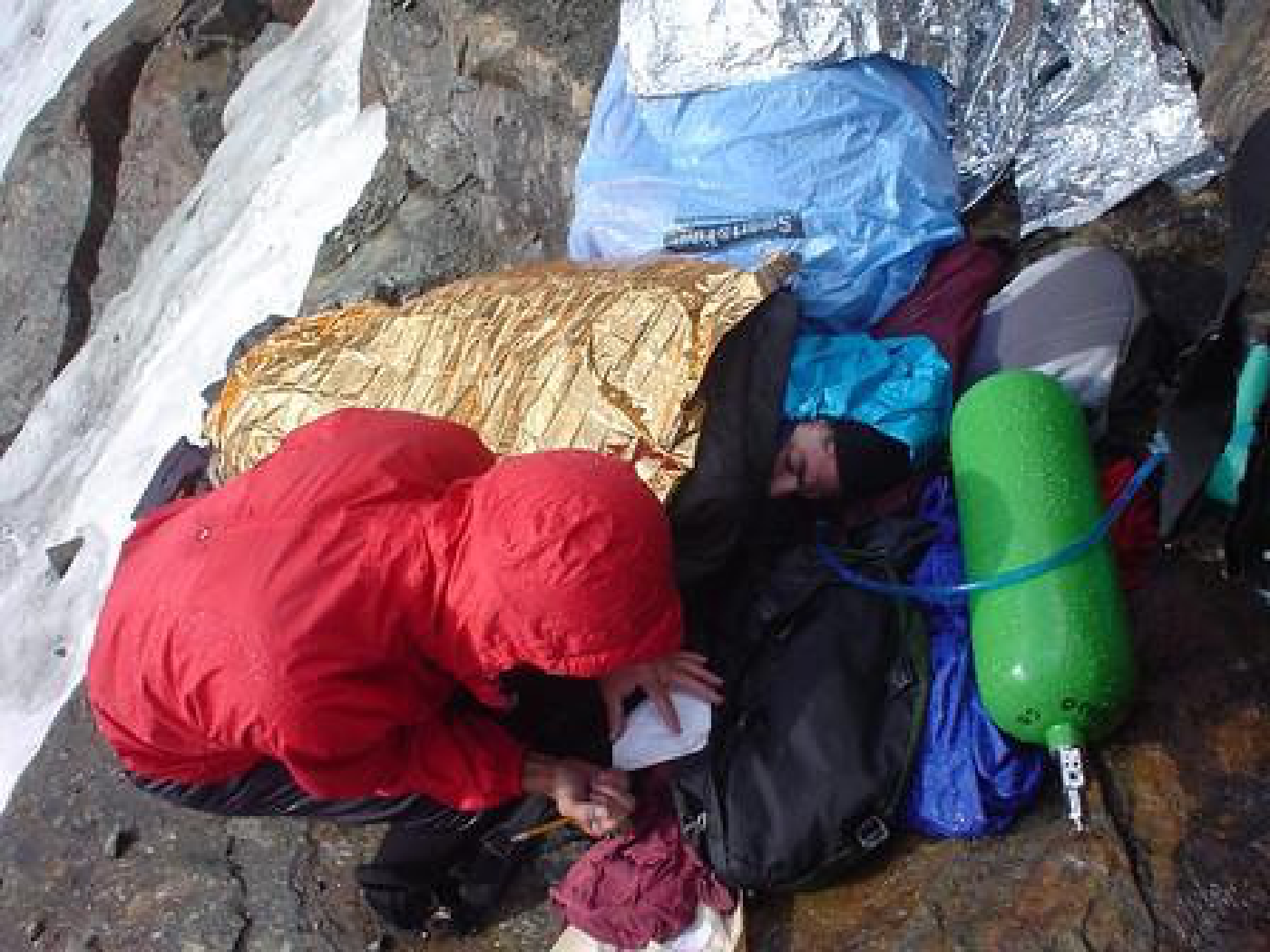
He managed a chuckle and I began to ask Doug a few questions: What happened? How did he fall? Where does it hurt? Did he get knocked out? Can he walk? What’s the AMPLE history? Does he have any neurological deficits, neck pain, headache, or vomiting? I gathered that he slipped about 30 feet into the rock well and may have been knocked out. He had vomited a few times since, was unable to walk, and only managed to crawl 10 yards or so to this ledge and had been laying on his stomach/side ever since because his low back hurt too much to move. He was cold and dehydrated, but otherwise intact.
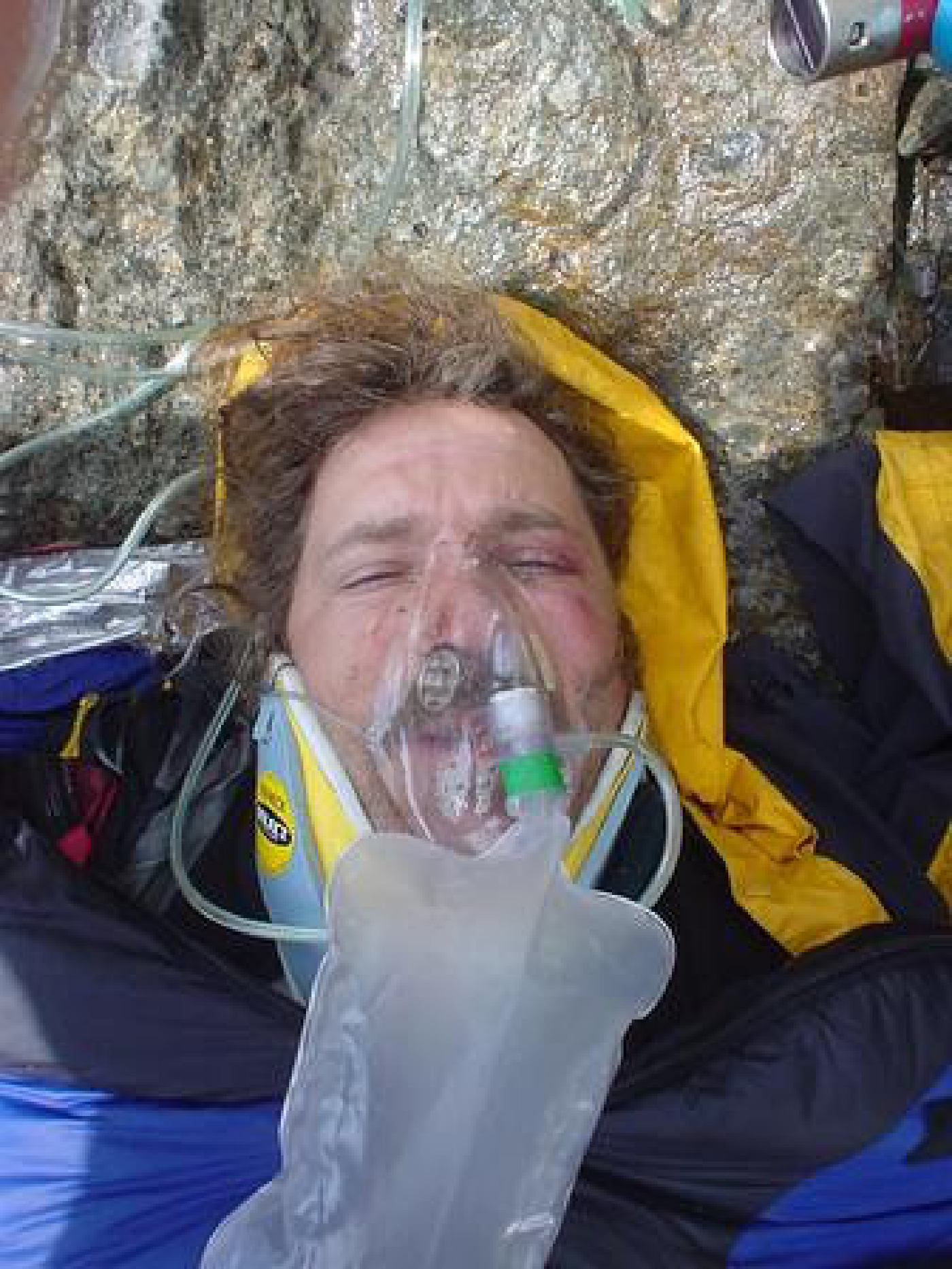
Marcus helped fill in some gaps in the story and helped me move Doug onto my pad and into my sleeping bag. Marcus said he was fine, that he just forgot his medicine back at the tent.
“Hydrocortisone, the cream? For a rash?” I asked.
“No, tablets. I had my pituitary removed last year. I need to take replacements.”
Marcus was feeling the effects of high altitude combined with having a limited hormone response. I had no idea what this all meant at the time, but I realized that there were two patients I needed to care for. Despite his best intentions, Marcus could not be trusted with even the simplest tasks. He was unsteady on his feet, cold, and confused. I gave him the extra jackets and tucked him into my bivy sack
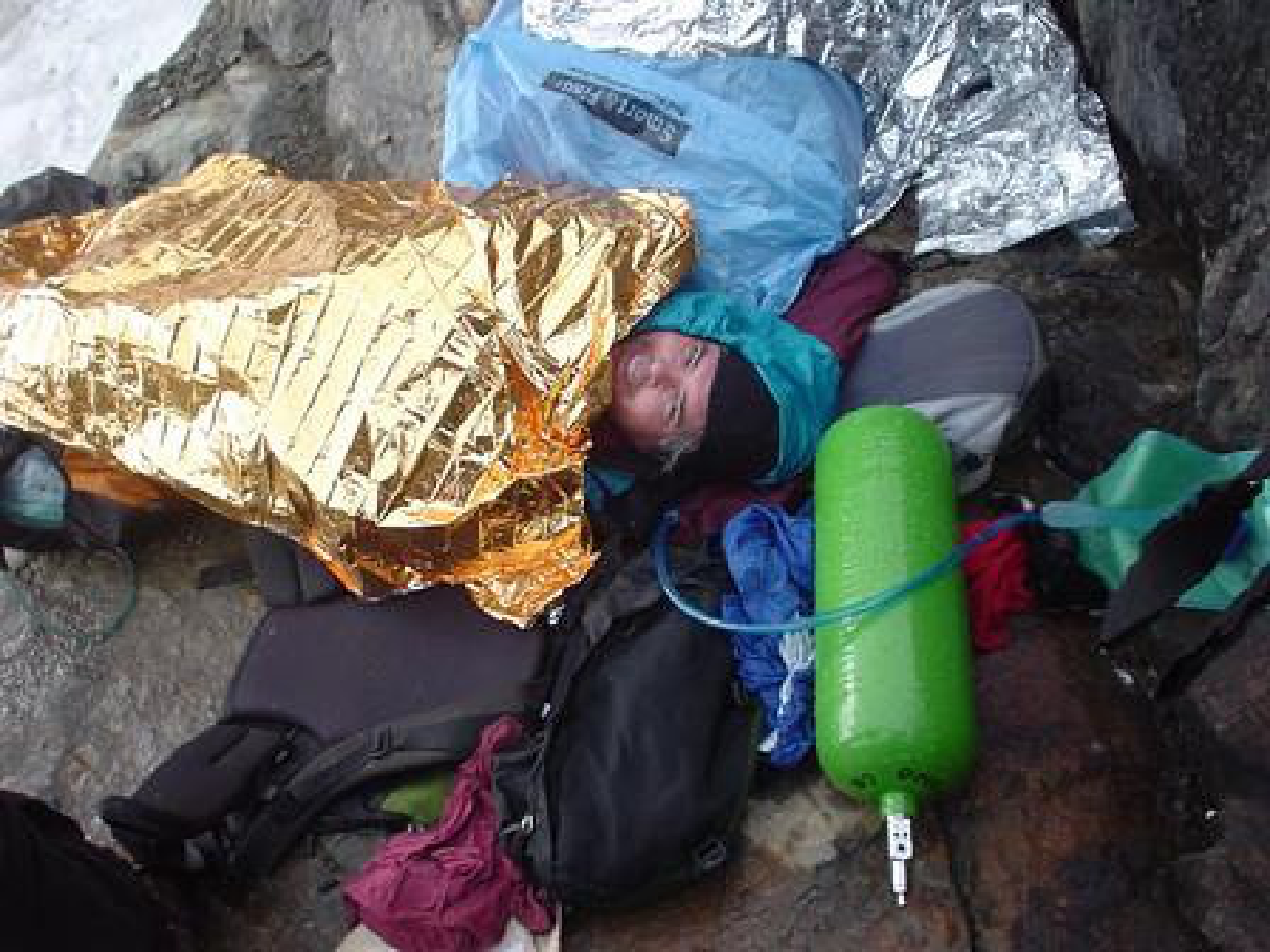
I never know how much fuel to bring on a trip. This time, I brought a one-quart pot that I inherited from Stanley after his passing and a simple gas stove with an 8-oz. canister. It turns out this will boil about eight quarts at 12,000 feet. Doug was warm, hot even, in all his clothes with my bag and the burrito tarp I made for him, but Marcus and I were chilled to the bone. Without a new hot water bottle every 2-3 hours we would have suffered a lot more. I stamped my feet for hours and then finally climbed into my backpack with my feet out the bottom zipper, head tucked into the top pouch, right next to Marcus in the bivy to keep warm. Every hour or so Doug would vomit again, requiring a massive rolling effort, a repeat exam for his neuro status, and an attempt by all to warm up again.
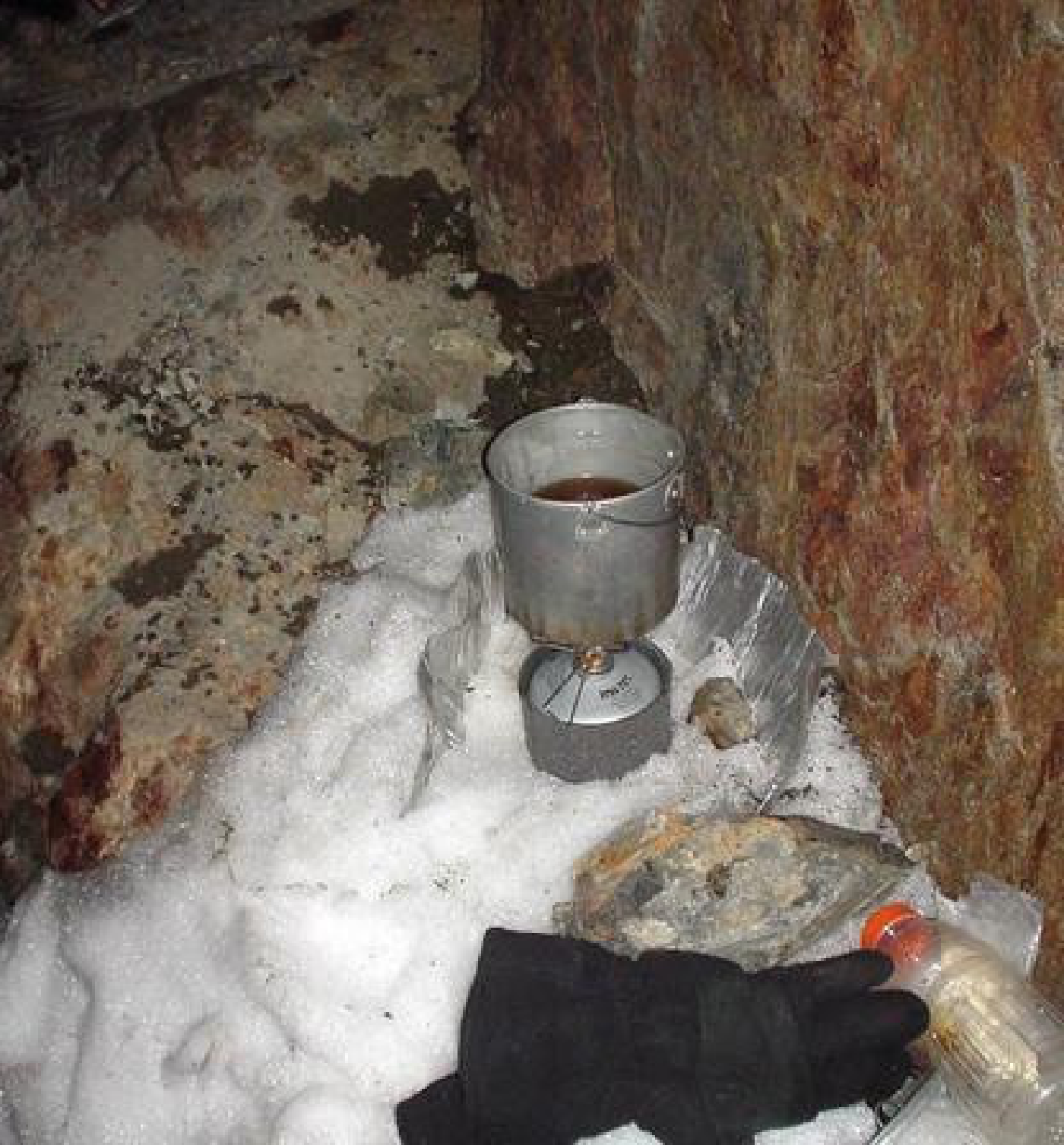
First light was a relief but clouds had rolled in overnight. The sky was ominous, but everyone was still alive and in good spirits. I joked with Doug again, “It’s still not an epic, but it might become one any minute.” Of course this was all it took: hail started to pelt us, pea-sized and relentless. Water streamed down the glacier, soaking Doug in the down bag and forcing me to stand with my face tucked into my armpits to avoid the stinging pellets.
Between showers I saw two figures coming up the glacier. It was just after dawn, so these were either two fools climbing in the rain or they were the SAR team coming to help. When they reached the ledge they first asked, “Who is the victim?”
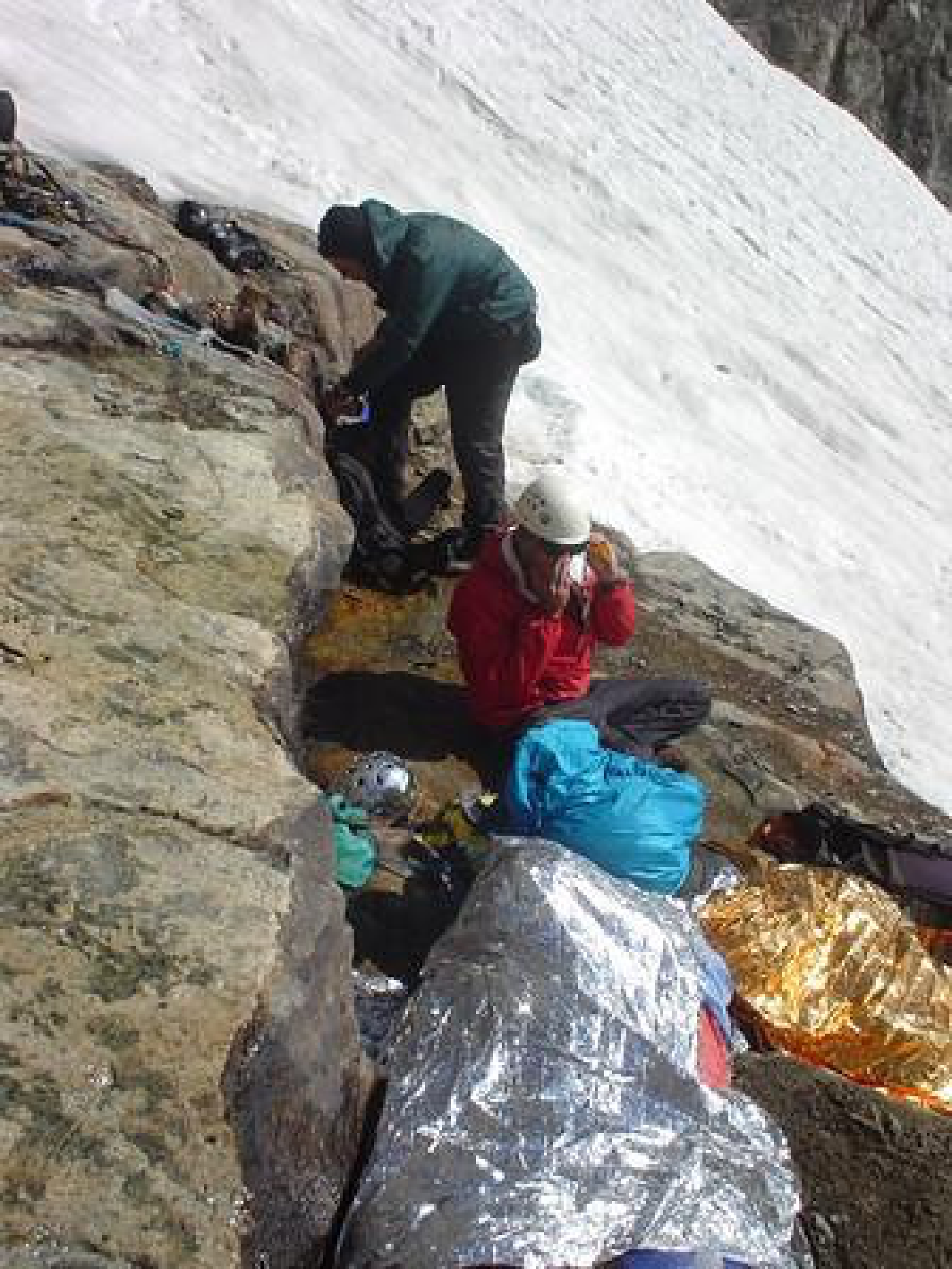
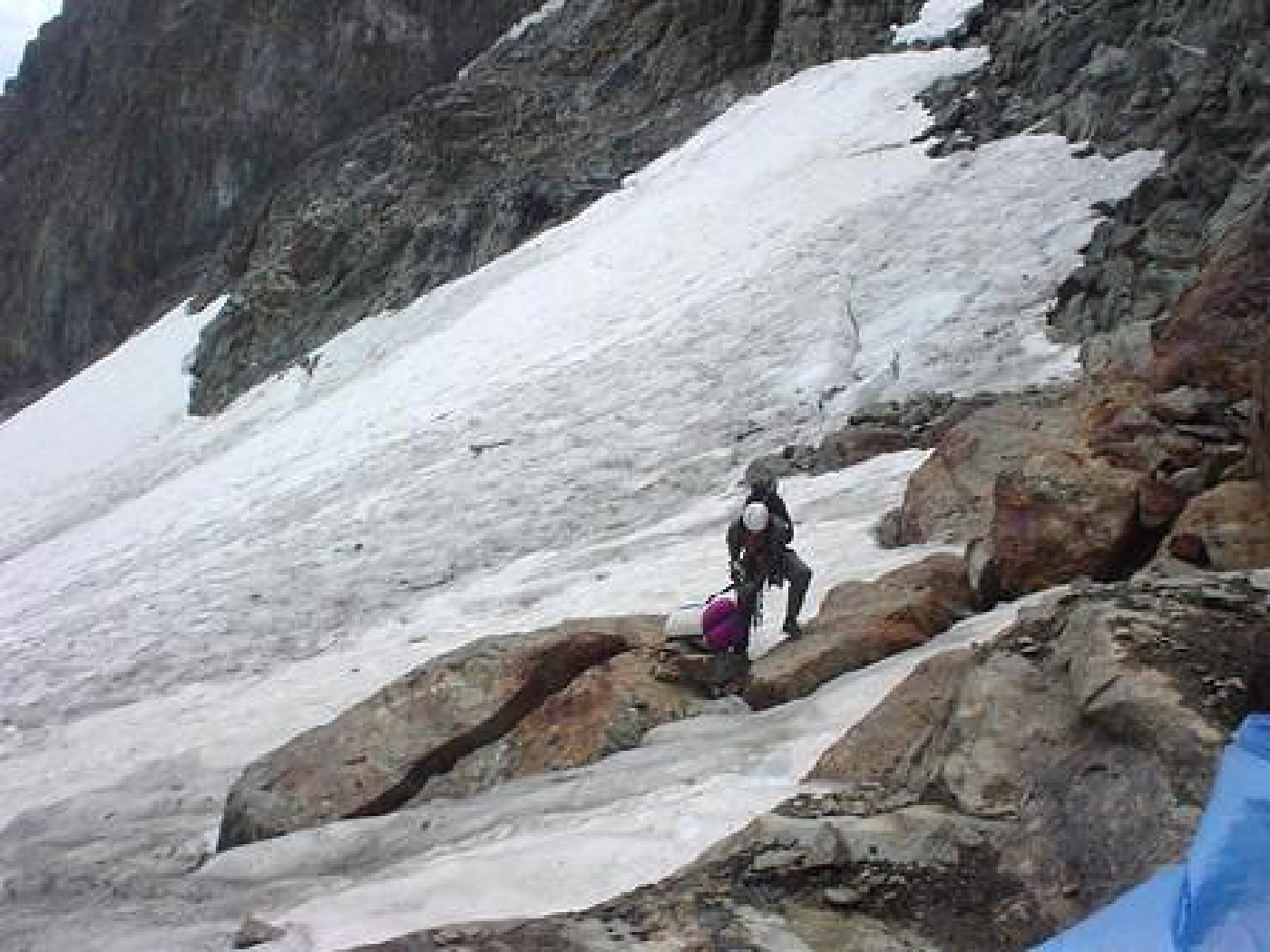
As I did my best to explain the events that unfolded overnight, the loudest crash I have ever heard hit Ritter above us. Rock fall began to stream down just a few yards to the south. Lightning had triggered a huge slide. The glacier below instantly became a bowling alley of basketball and loveseat-sized blocks careening toward the valley. Five minutes earlier, our SAR team would have been obliterated. I began to laugh, maybe a little too maniacal, “Now THIS is epic!” Doug got a good chuckle out of it too until he remembered it hurt too much to laugh. Marcus just grunted.
The two SAR team members took over (from Mono County). It was a relief to let my guard down and just sit. They had a small oxygen tank for Doug, a new space blanket for me, and their presence made everyone feel a little better. The plan was to wait. There was a team coming with a litter and if the weather allowed, a helicopter was on standby from Yosemite.
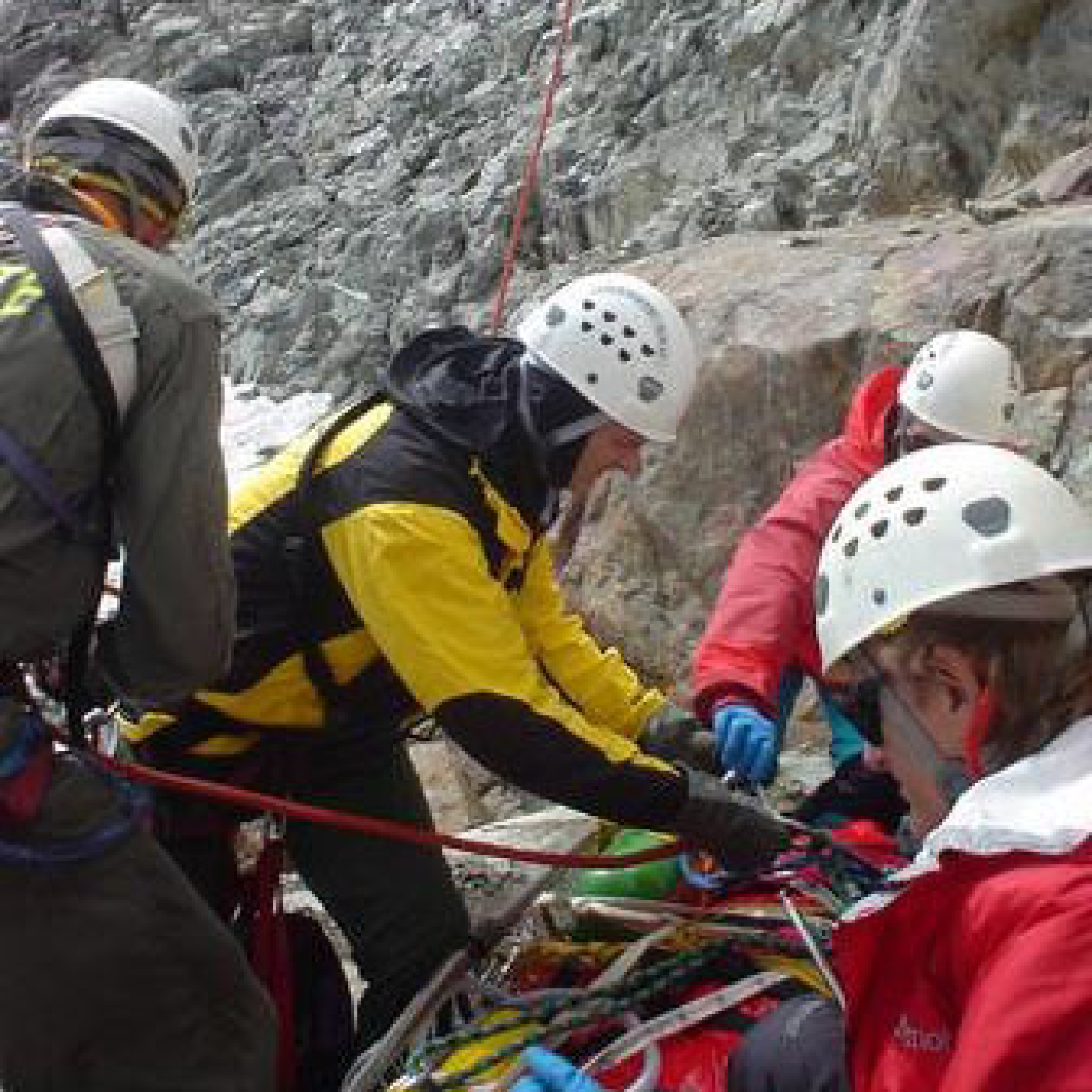
Fortunately the weather cleared and a short haul was arranged for Doug and Marcus. We watched as the YOSAR team swept up the glacier and carried our patients away, blades just a few short feet from the cliffs above.
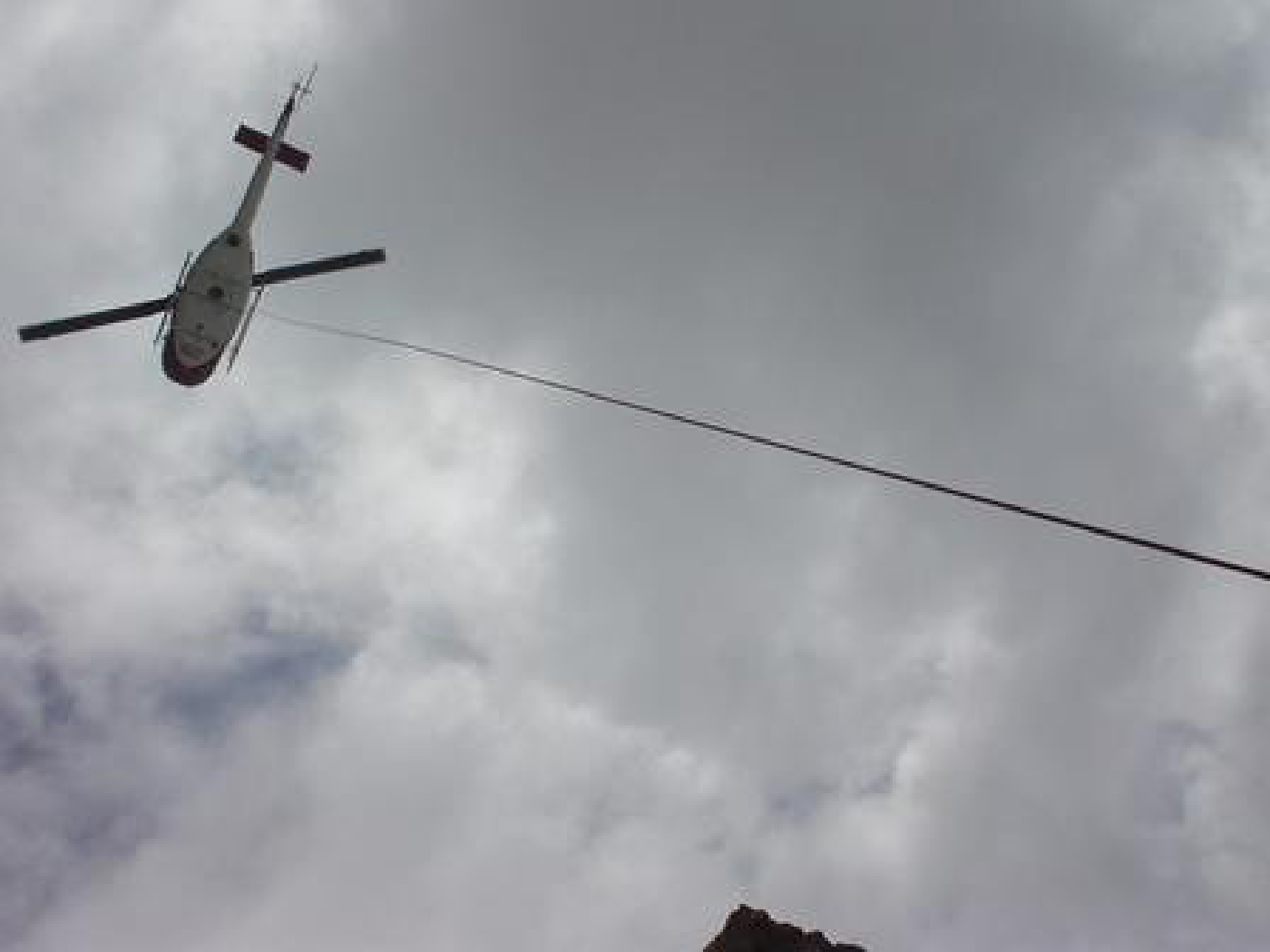
Once the quiet returned, we began a long march back to Mammoth Lakes. I hiked with the SAR team who were kind enough to go slow, as I had been up for 40 hours.
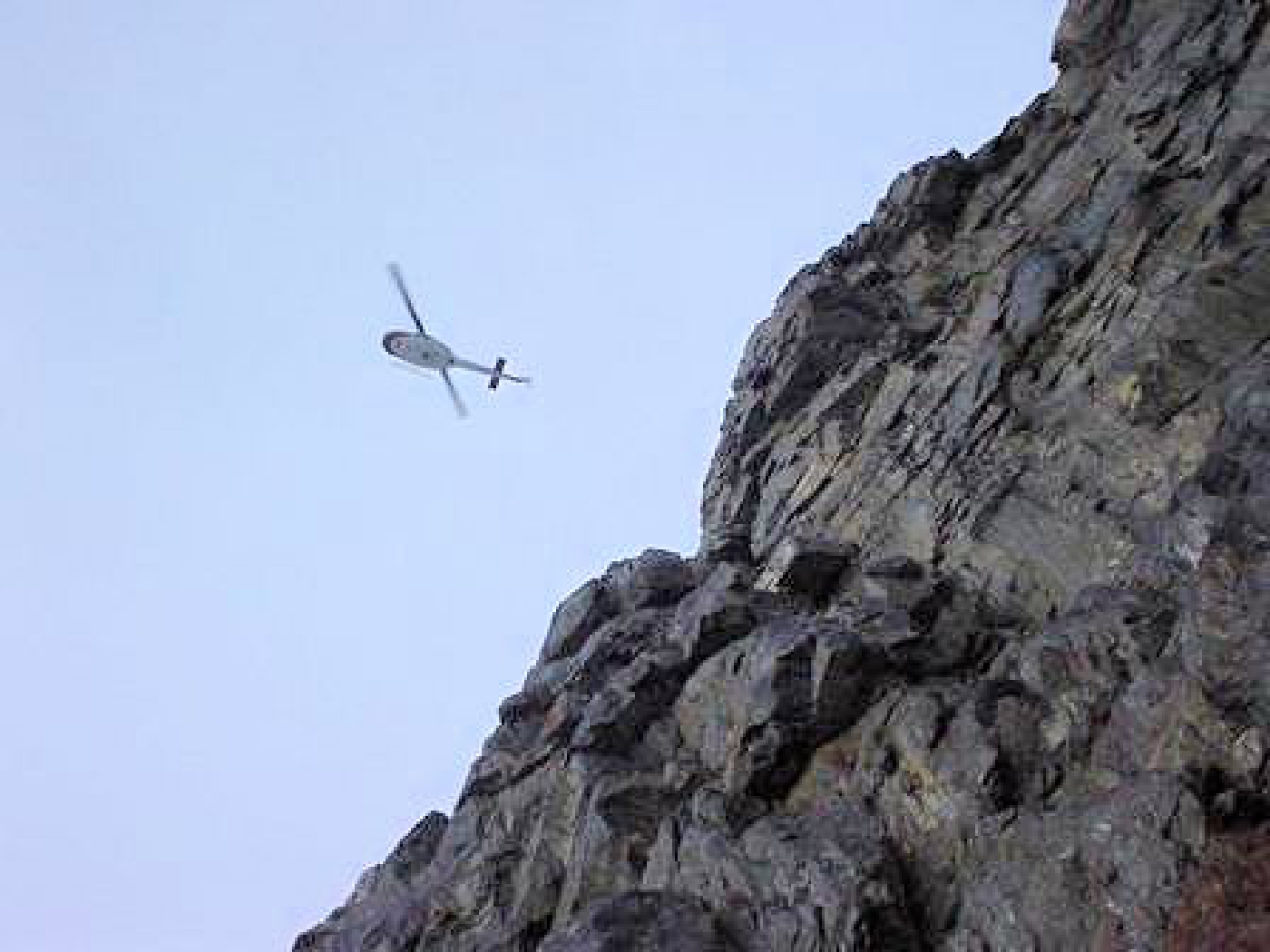
Rescue Heli Arrives
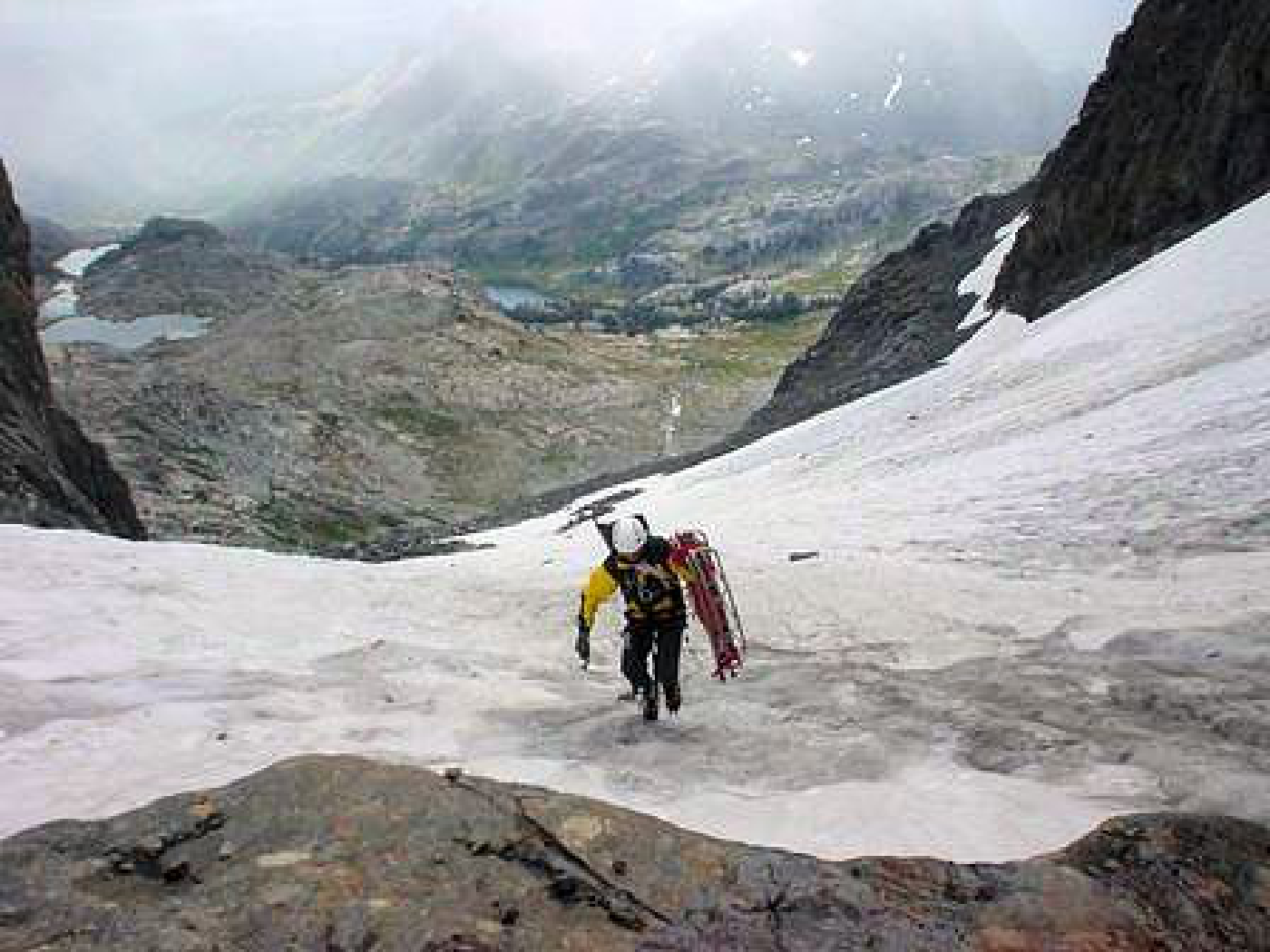
Create awesome mobile-friendly websites. No coding and free.
When we reached the shores of Ediza Lake, I asked my SAR compatriots for one more indulgence: Stanley had come all this way in his recycled margarine jar and it was time he had his moment. I took his “urn” out of my pack at the base of the glacier and found a small rock pile under which to lay his ashes. He relished dips in mountain lakes and never really was a climber anyway. Turning to hike out with the SAR team, I thought about how proud he would have been to watch the events unfold overnight.
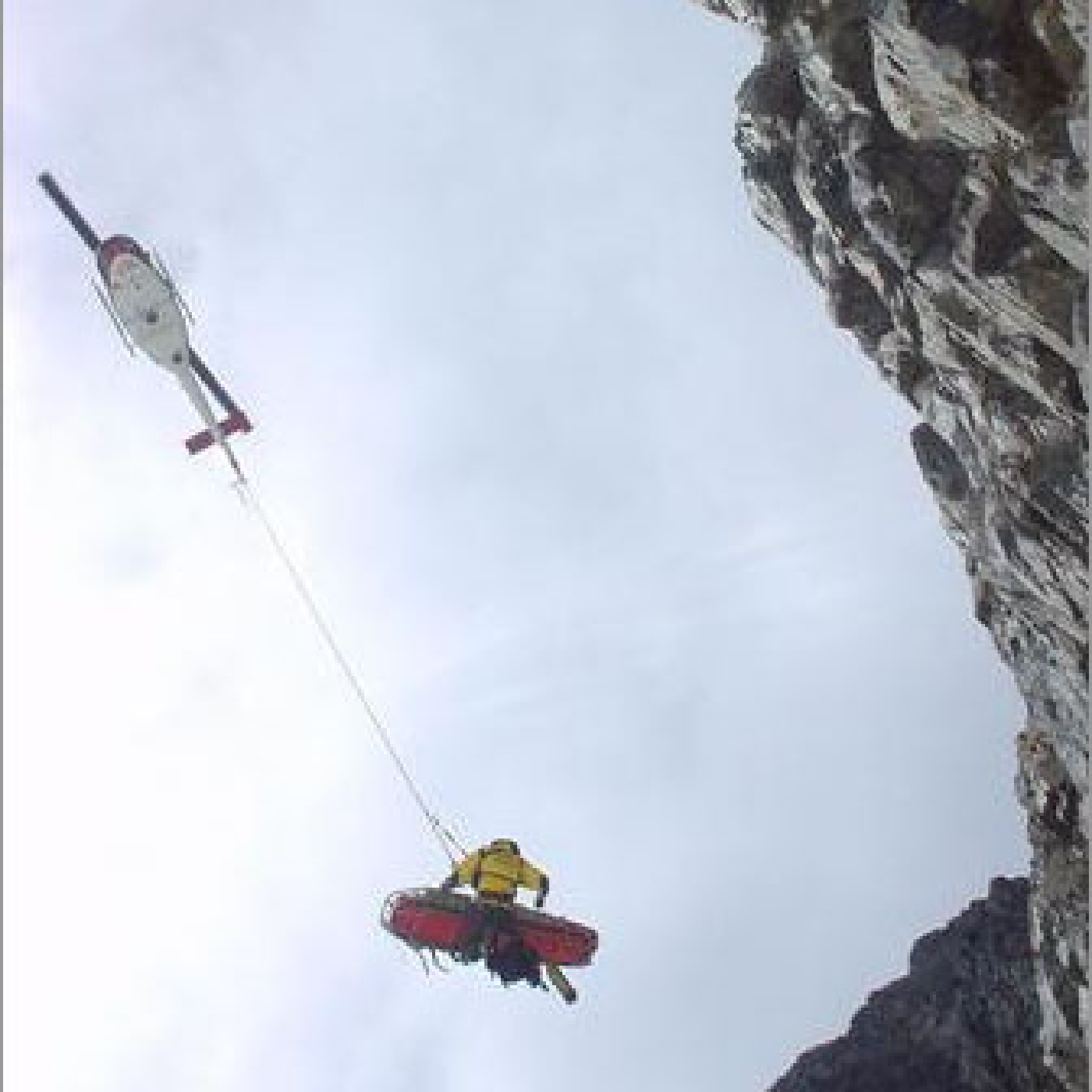
Create awesome mobile-friendly websites. No coding and free.
When we reached the shores of Ediza Lake, I asked my SAR compatriots for one more indulgence: Stanley had come all this way in his recycled margarine jar and it was time he had his moment. I took his “urn” out of my pack at the base of the glacier and found a small rock pile under which to lay his ashes. He relished dips in mountain lakes and never really was a climber anyway. Turning to hike out with the SAR team, I thought about how proud he would have been to watch the events unfold overnight.
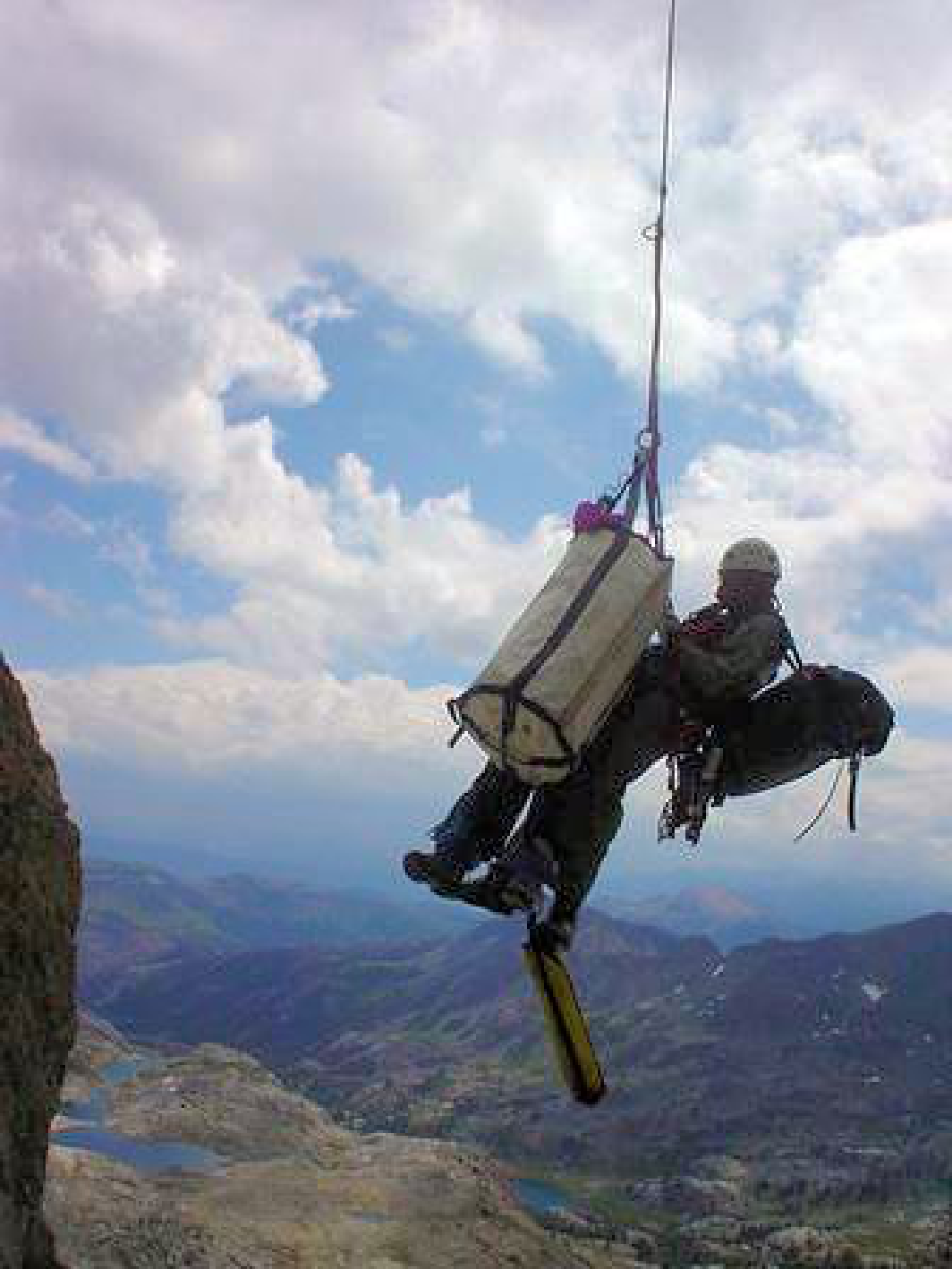
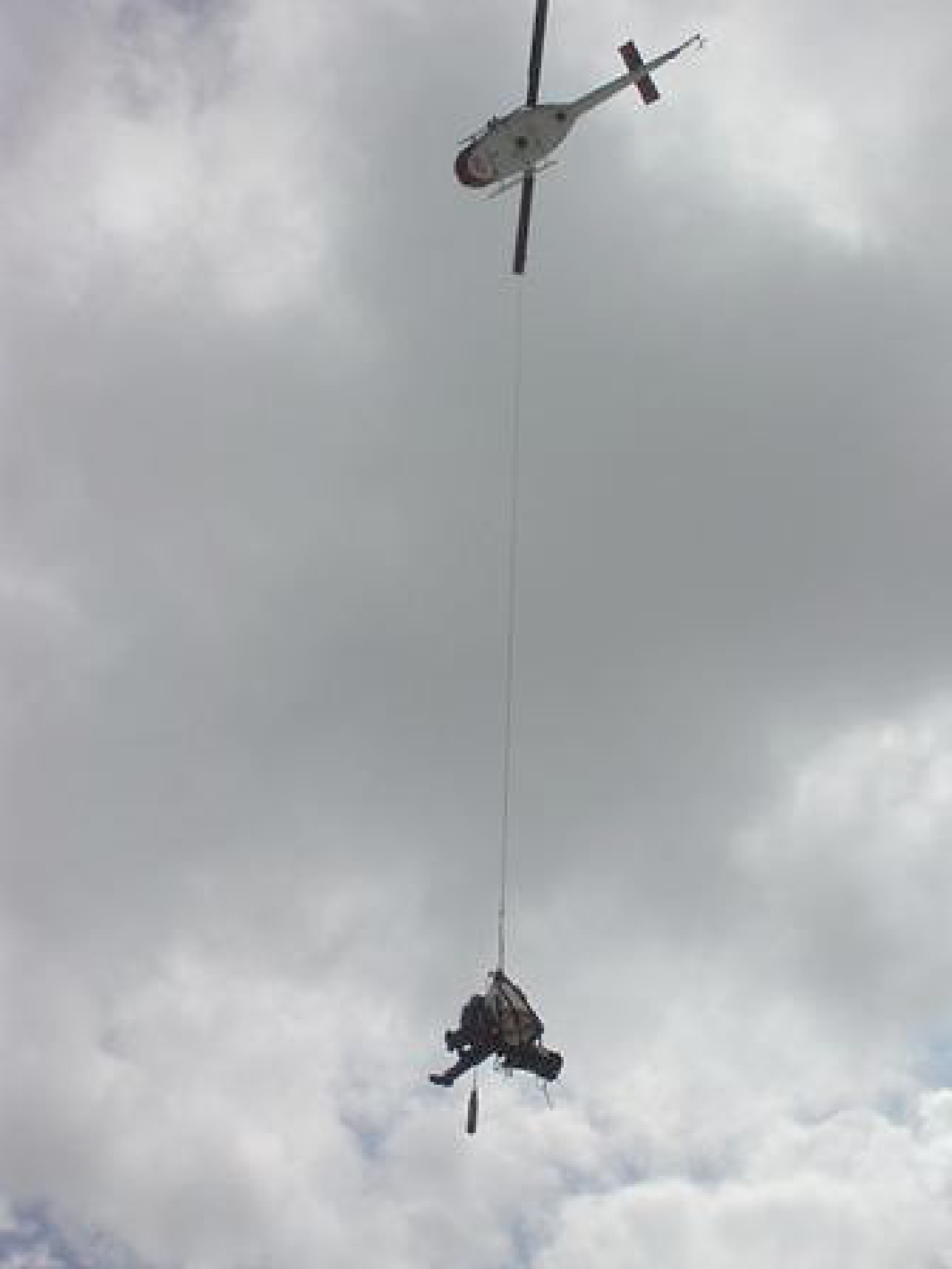
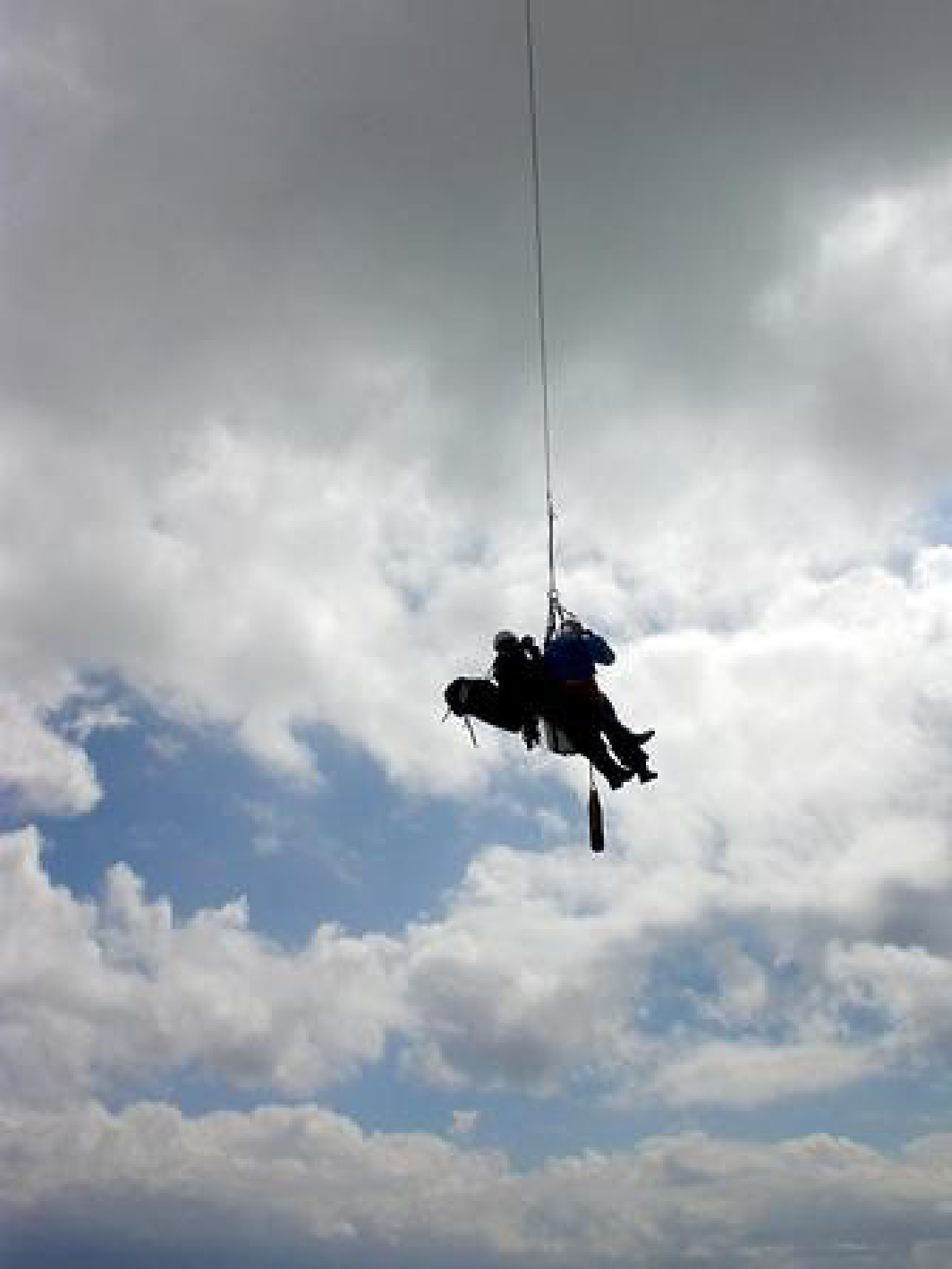
The SAR guys put me up in one of their houses and fed me. Later that evening we stopped by the hospital to see how everyone was doing. Doug had a large hematoma, without fractures. Marcus perked up with his steroids and had been discharged. I found my bivy sack and sleeping bag still covered in dirt, grime, and vomit in a hazardous waste bag in a dumpster. I’m not too proud of that dumpster dive.
I never intended this hike to become an epic adventure. It was supposed to be a solitary bonding experience with the memories of my grandfather. Instead, it became med school application essays, inspiration for wilderness medical volunteerism, and it solidified my future in medicine, all of which I owe to Stanley and his recycled margarine jar.